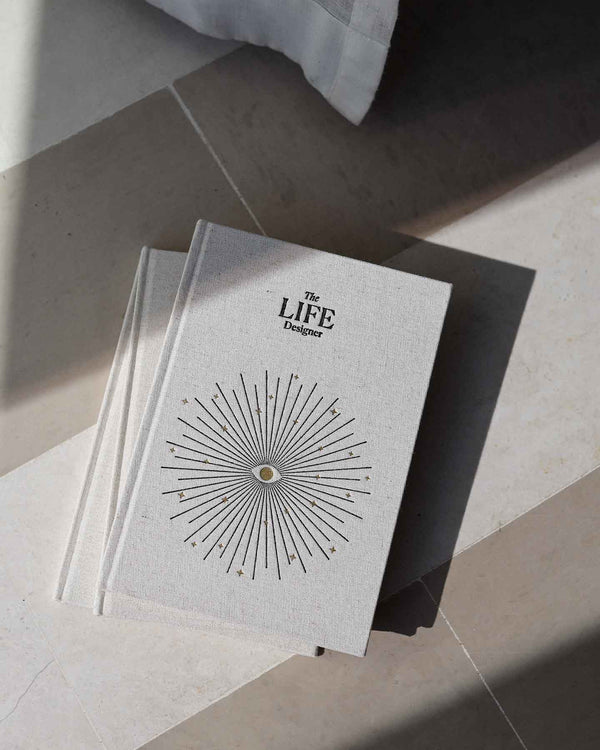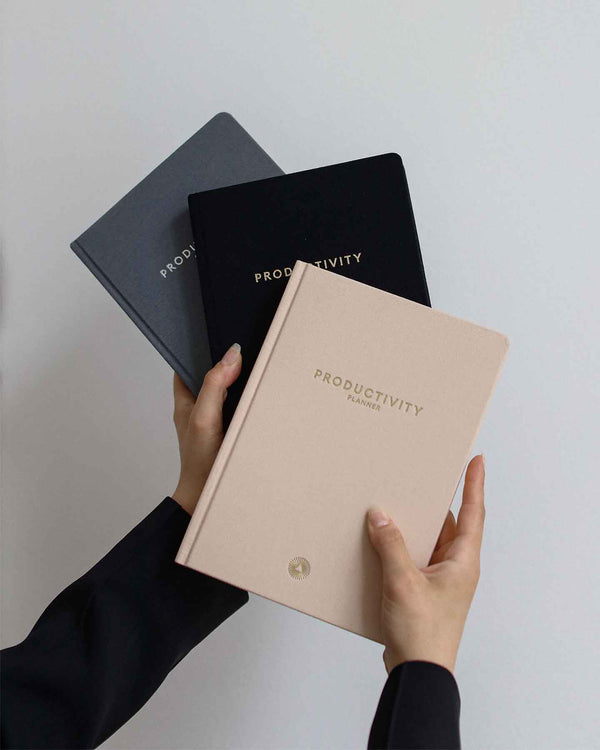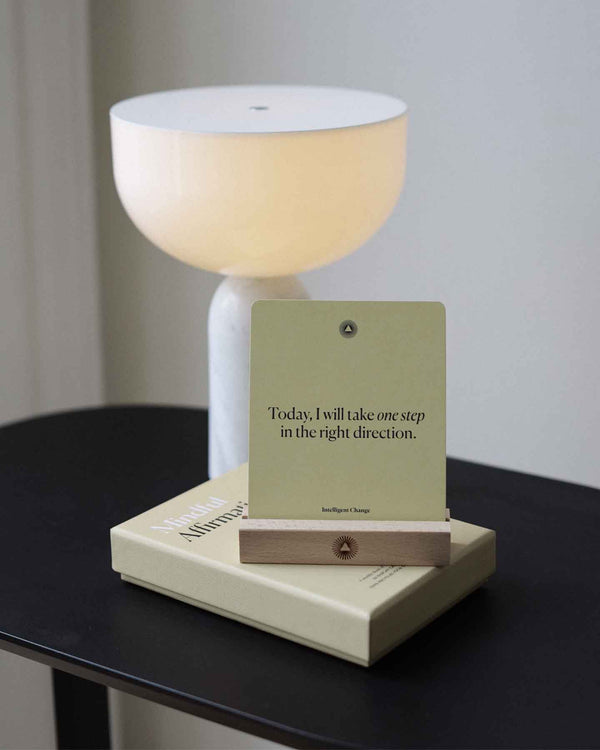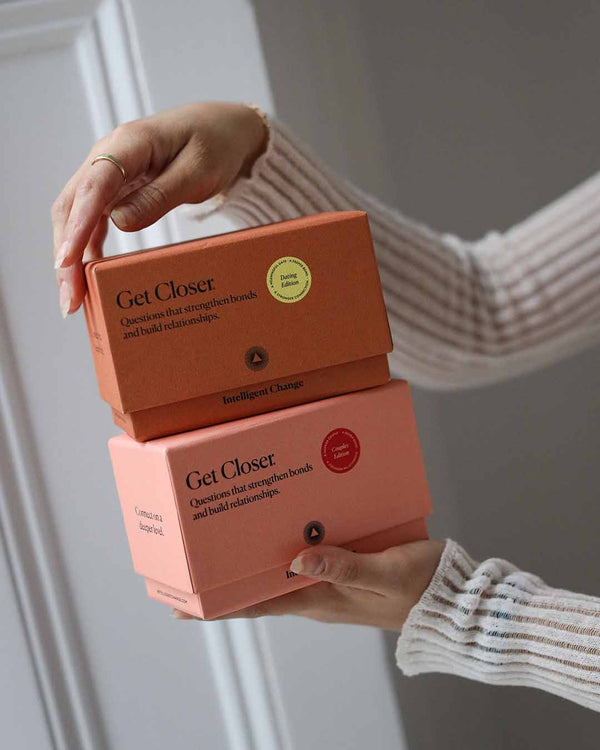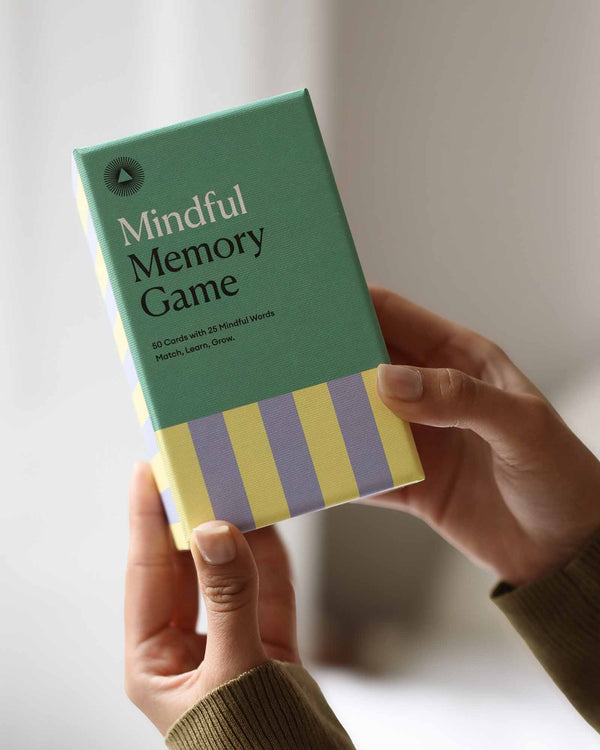Gratitude (In) Movement
by Kinga Lewandowska
We never step into the same river twice because the world is always in motion. And that includes us – even when we sit completely still, there are more processes going on inside our bodies than we realize. Around us and within us, change, impermanence, and constant evolution spin the wheels of life forward, sometimes full speed ahead.
One of the catalysts for progress and growth is gratitude. It expands and enriches our perspective by ensuring what we already have makes us feel safe enough to reach for even more. But if gratitude keeps things moving, when we move with it, can we generate even more of the good stuff?
Motivation in motion
Gratitude is a strong determinant of our well-being. Spreading through our inner tunnels of the mind-body connection, it sheds light on all our strong points and support systems. What’s more, we can actively help this wonderful force work its magic.
There are plenty of practices to help you put gratitude on a loop: journaling, writing a gratitude letter to a friend, to yourself, or meditation. But what about literal exercise?
Mobility is one of the best predictors of longevity. For example, the basic sit-rise test (in which you lift yourself off the floor from a crisscross position without using your hands, knees, arms, or sides of your legs) has been proven to be a good forecaster of life expectancy. Since physical wellbeing influences our mental state and vice versa, we thought, why not mix business with pleasure and flex those gratitude muscles together with our Mother Nature-given ones?
Research shows that gratitude has the power to enhance the motivation-related activity of the brain. In one study, fMRI was used to observe the nucleus accumbens (NA) responsible for the cognitive processing of motivation. Turns out, when we’re engaging in a regular gratitude practice, our NA in the brain may be positively impacted.
It takes one brave step to move rusty legs in a better direction – action creates motivation. So put on your comfiest shoes and let us spell out gratitude for you.
G for going
Alright, alright – walking – as in, going for a gratitude walk. Amble in grace because according to research, strolling three times a week for 40 minutes increases brain connectivity, supports cognitive performance, and helps combat the effects of aging. Like those wonderful effects of walking? Then go for them (literally).
R for running
Have you heard of The Gratitude Mile? Whenever you hit a point while running when your body feels too strained to go on, think of how amazing it is that you’re able to run at all, not everyone is so lucky. Gratitude can turn your discomfort into enjoyment. Throw in some positive affirmations for good measure.
A for Aerobics
Yes, technically it includes walking and running, but also swimming, cycling, or even intense gardening. Secondly, there’s more in aerobics as a whole to explore. For instance, did you know that it can reduce symptoms of depression? That’s according to research but, by all means, test these findings yourself.
t for Tracking
This one’s a bit more strategic. While exercising, track your progress for enhanced motivation. Once you see the numbers – whether it be miles, steps, or calories – the awareness of how far you’ve come will make you more energized to go even further. Also, track your thoughts in movement. Where does your mental focus lie? If your brain goes to dark places, remember about The Gratitude Mile.
I for Idling
From time to time, we need rest from physical activity to let our bodies recharge. Consider this your well-deserved break. Sip water, take a deep breath, and for a bit of somatics, scan your inner self. Is there any tension? Is there discomfort? Meditate for a few minutes. Let gratitude untangle your knots.
t for Tripping
And getting back up. Failure is part of this journey. Fall down seven times, stand up eight. You got this.
U for U-turn
This is where the fun really begins. A bit of lightheartedness resides in the definition of gratitude, too. Consider this section your warm-up before the next exercise. We’ll give the mic over to Usher for a sec.
Put your hands up, bend your knees, bounce around in a circle, get down with me – come on, come on – it's not hard to learn – come on, come on – it's called the U-Turn.
d for Dance
Ok, now it’s a party, a dance therapy party, the benefits of which are numerous. For example, research proves that frequent dancing increases cognitive acuity at all ages. And in case you need more convincing, it’s also the only physical activity to offer protection against dementia. Since prevention is better than cure, the only question is: ballet shoes, ballroom dancing shoes, or good old sneakers?
e for Endurance Training
We’re circling back to running, swimming, cycling, and alike because in order to build endurance and improve performance, we need to gradually increase the difficulty of our chosen activities. Here, as with any gratitude practice, consistency is key – you need to keep it up if you want to see results. But once again, you got this.
“Movement is a medicine for creating change in a person's physical, emotional and mental states.” ― Carol Welch
_________________
Moved by gratitude
When we move the body, we calm the soul. Gratitude as a movement is truly moving (see what we did there?), but gratitude in movement is a winning combination. So walk, run, or dance your way to a better life satisfaction with the attitude of gratitude.
We’ll be cheering you on, always and forever. You got this.





